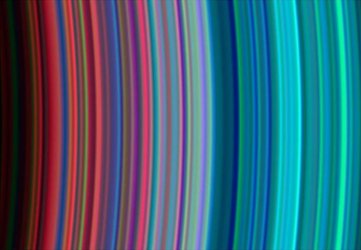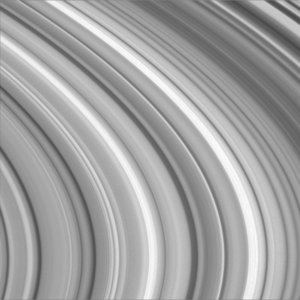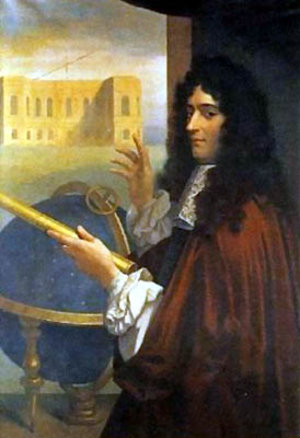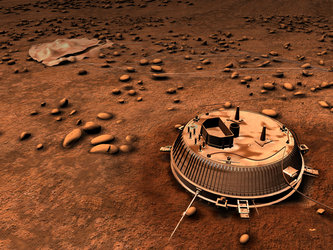New colourful view of Saturn's rings
The NASA/ESA/ASI Cassini-Huygens mission has provided some of the best views ever of Saturn's rings seen in ultraviolet light.
These colour-enhanced images were taken by the Cassini orbiter's Ultraviolet Imaging Spectrograph (UVIS), during the spacecraft's Saturn Orbit lnsertion on 30 June 2004.
They show definite compositional variation in the A, B and C rings and indicate that there is more ice toward the outer part of the rings, hinting at their origin and evolution.
The UVIS instrument was built by University of Colorado at Boulder and is capable of resolving the rings to show features up to 80 kilometres across, roughly 10 times the resolution obtained by the Voyager 2 spacecraft in 1980.
The ring system begins from the inside out with the D, C, B and A rings followed by the F, G and E rings. The red areas in both images indicates sparser ringlets likely made of ‘dirty’, and possibly smaller, particles than in the denser, icier turquoise ringlets.

The Cassini-Huygens mission is a co-operative project of NASA, ESA and ASI, the Italian space agency.
Credit: NASA/JPL/University of Colorado















 Germany
Germany
 Austria
Austria
 Belgium
Belgium
 Denmark
Denmark
 Spain
Spain
 Estonia
Estonia
 Finland
Finland
 France
France
 Greece
Greece
 Hungary
Hungary
 Ireland
Ireland
 Italy
Italy
 Luxembourg
Luxembourg
 Norway
Norway
 The Netherlands
The Netherlands
 Poland
Poland
 Portugal
Portugal
 Czechia
Czechia
 Romania
Romania
 United Kingdom
United Kingdom
 Slovenia
Slovenia
 Sweden
Sweden
 Switzerland
Switzerland


































